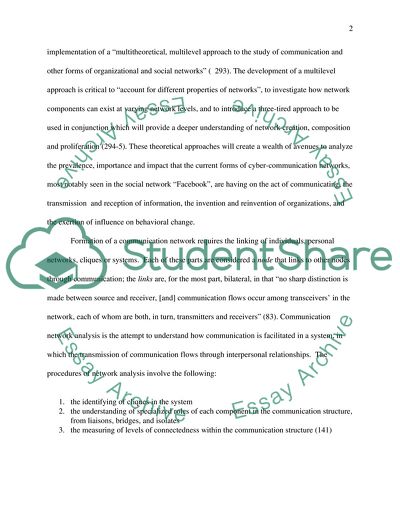Cite this document
(Communication Networks and the Process of Imparting or Exchanging Inf Book Report/Review, n.d.)
Communication Networks and the Process of Imparting or Exchanging Inf Book Report/Review. https://studentshare.org/technology/1747258-communication-networks
Communication Networks and the Process of Imparting or Exchanging Inf Book Report/Review. https://studentshare.org/technology/1747258-communication-networks
(Communication Networks and the Process of Imparting or Exchanging Inf Book Report/Review)
Communication Networks and the Process of Imparting or Exchanging Inf Book Report/Review. https://studentshare.org/technology/1747258-communication-networks.
Communication Networks and the Process of Imparting or Exchanging Inf Book Report/Review. https://studentshare.org/technology/1747258-communication-networks.
“Communication Networks and the Process of Imparting or Exchanging Inf Book Report/Review”. https://studentshare.org/technology/1747258-communication-networks.


